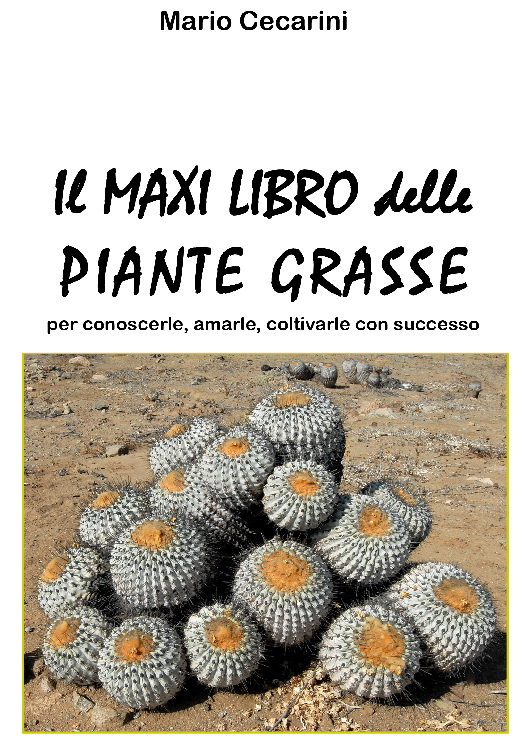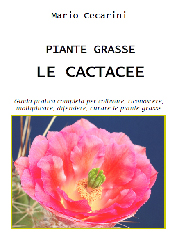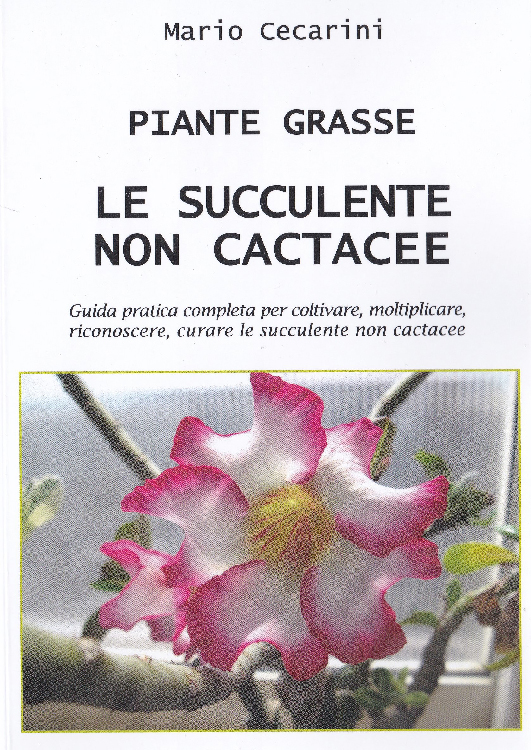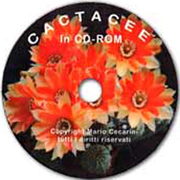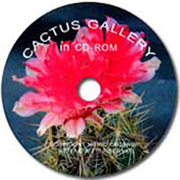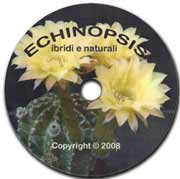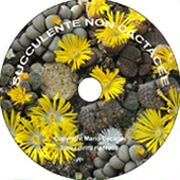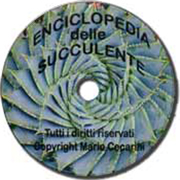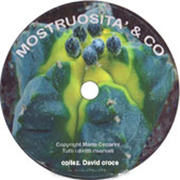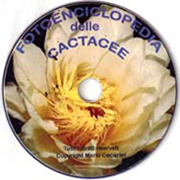Habitat: Mexico (Oaxaca State), growing in the crevices of dark volcanic rocks at approximately 2500 m (8200 ft) of altitude.
Description: a genus of small, globular cacti having a greenish-gray epidermis with a grainy look; adult specimens tend to clump; The spirally arranged, rhombus-shaped tubercles have woolly axils that bear yellowish-green, diurnal, self-sterile blooms near the apex in the summer. To produce flowers, plants must be at least 10-12 mm (0.4-0.5 in) tall. The fruit is a dry berry whose seeds mature inside the stem and are dispersed the following spring. Spines may be black or whitish with a black tip. The genus is comprised of one species only although this has now been moved under Escobaria.
Soil: it requires a substrate with coarse pumice and lapillus that should be also poured to form a top layer. No organic matter is to be added.
Location: grow in full sun with good ventilation.
Temperature: keep at a minimum of 10-12°C (50-54°F).
Water: average but make sure that the soil doesn’t remain damp for too long. Do not water during the winter but wait until new flower buds arise.
Cultivation tips: Feed during the growing period with a low-nitrogen fertilizer; propagate from seeds, cuttings or by grafting. Seeds are obtained only by cross-pollination between different clones and germinate easily. However, seedlings are extremely slow-growing and require fungicide treatment. Grafting first onto Pereskiopsis velutina and then onto Eriocereus or Echinopsis accelerates the growth rate.
Main species of Ortegocactus: Ortegocactus macdougalii, syn. Neobesseya m., a dwarf plant.




